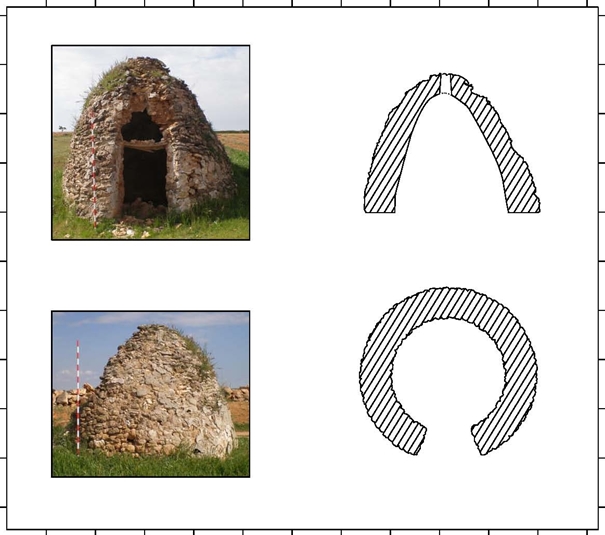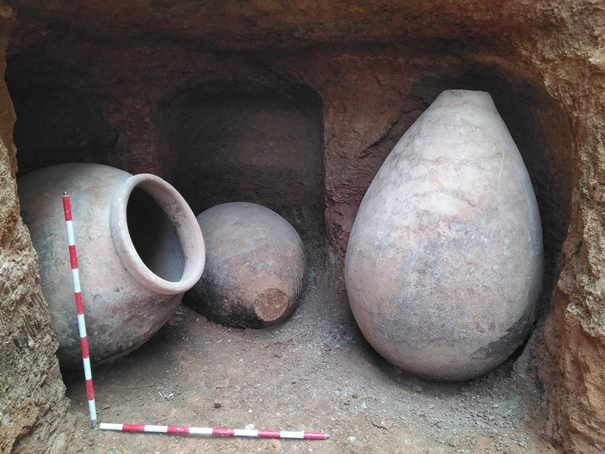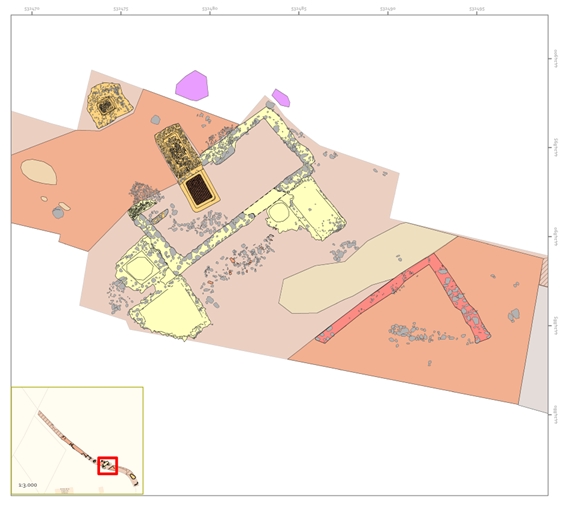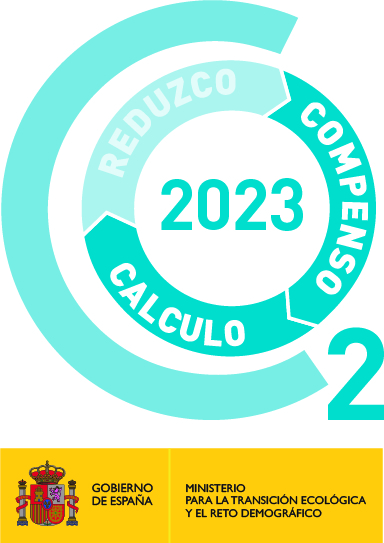Archaeology
Ideas Medioambientales has a large in-house team to carry out archaeological work as a fundamental part of the study and protection of historical, artistic, and archaeological heritage. Archaeological evaluation is a process conducted prior to the construction of works of different types, in which it is determined whether archaeological remains exist in the area where construction is planned and what their significance is. Archaeological monitoring, on the other hand, is the oversight and supervision of works in areas where archaeological remains might exist, in order to prevent their destruction or alteration.
Archaeological evaluation is carried out through the execution of archaeological studies and surveys in the area where construction is planned. These studies may include the review of historical documents, the creation of maps, the excavation of expert test pits, and the collection of information from local communities and subject-matter experts. The objective of archaeological evaluation is to determine whether archaeological remains exist in the area and assess their significance.
Archaeological monitoring is performed during the construction of a work in areas where archaeological remains may be present. The objective of archaeological monitoring is to supervise the works to prevent the destruction or alteration of potential archaeological remains, and in the event that remains are found during construction, to take measures for their protection and conservation.
Both processes are important for the protection and preservation of archaeological heritage, as they allow the identification of areas that must be protected and the adoption of measures to ensure the preservation of our historical heritage. Additionally, the evaluation and monitoring of heritage impacts are fundamental for understanding our cultural development throughout history.
We have projects to show you

If you have doubts, why don't we talk? Book a meeting today
You can also contact us today to talk about your project.
What can we cover in 30 minutes?
It's more than enough time to have an overview of your needs and recommend the best route forward. Here there is a summary of the steps we will follow.



.avif)












